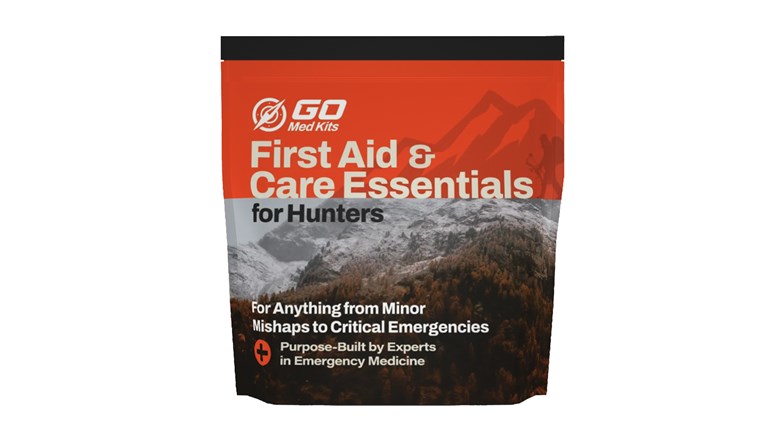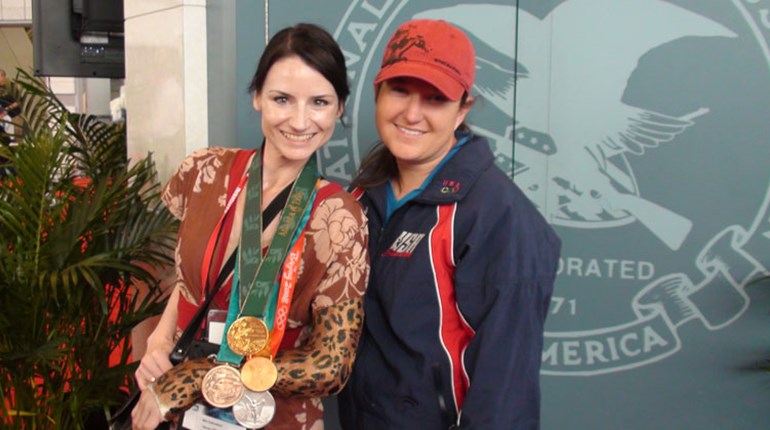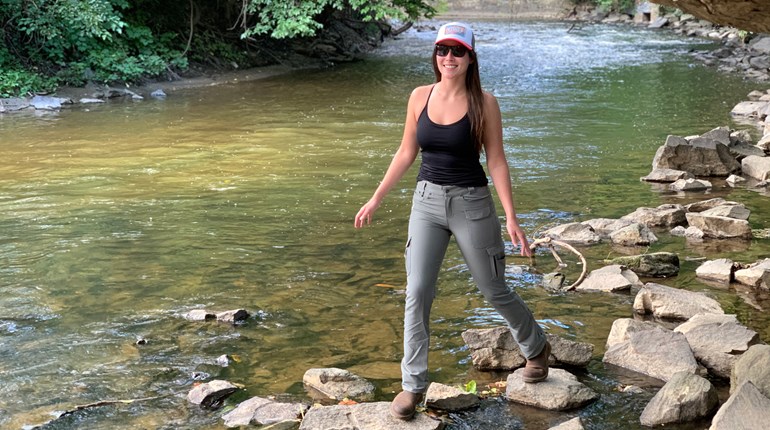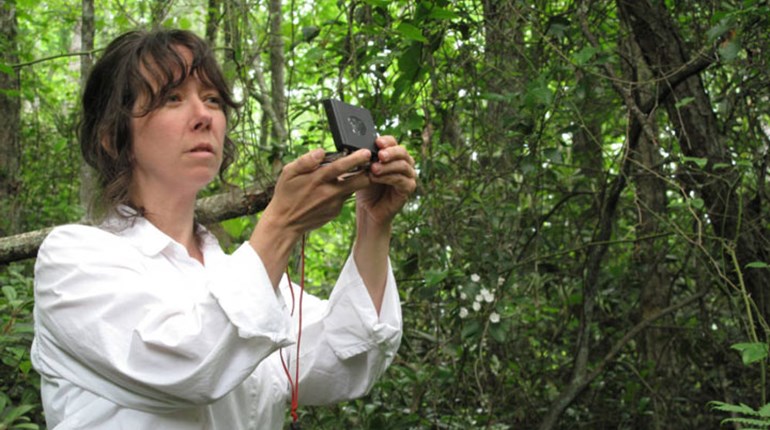
Recently, a friend of mine was on the range working with one of his rifles when a medical emergency occurred. A few shooting positions down, another shooter had a violent “rapid disassembly of parts” due to a bad handload.
My friend was first alerted to the situation when another shooter started waving his arms yelling, “That guy blew up his gun and he’s bleeding pretty bad.” There was blood everywhere. Having first-responder medical training, he was able to assess the situation and use his trauma kit to stem the blood flow. It worked out well in the end. But when discussing this incident, the most striking issue was the lack of preparedness by most everyone at the range. Aside from a Band-Aid or two, no one else on the range had any kind of emergency medical kit.
The emergency medical plan most folks had was to call 911 from their mobile phones and wait for an ambulance to arrive. (A bit ironic that folks who are fully prepared to defend themselves against a violent attack have little or no plan to deal with life-threatening medical emergencies.)
Life-Saving First Aid
First of all, get some training. Buying a gun doesn’t mean you can shoot. Purchasing a first-aid kit doesn’t miraculously give you the skill to use it, either. Family first aid and CPR training are nice, but the basic courses really don’t address serious issues like gunshot wounds.
Initially, you need to realize there is a difference between a typical first-aid kit and a trauma kit. The boo-boo kit generally has comfort items. It often includes Band-Aids, aspirin, a tube of Neosporin, perhaps an alcohol wipe or two, maybe a small roll of medical tape, and 2×2- or 4×4-inch gauze pads—items for injuries that are non-life-threatening. Trauma kits are for life-threatening injuries: major blood loss being the number-one killer.
Tourniquet: Myths and Misunderstandings
A couple of years ago, there was a negligent discharge resulting in a wound on my local shooting range. The shooter in this case discharged his pistol into his upper thigh, severing the femoral artery.
Fortunately for him, there was a surgeon on the range that day. The doctor immediately assessed the life-threatening injury and put a hasty, improvised tourniquet on the man’s leg. Without a doubt, the improvised tourniquet saved his life. Although an ambulance was called, the victim would have bled to death in the 10 minutes it took to arrive.
The Global War on Terror has taught us many lessons. One of the biggest as far as immediate casualty care goes is the proper use of tourniquets. A severed artery in the arm or leg can kill in a matter of a few minutes—not 5 or 10, but 2 or 3.
Arterial bleeds generate bright red spurting blood. Every time the heart beats, blood pumps out. If you are in the field or at the range and sustain a major bleeding injury, the blood flow must be stopped as quickly as humanly possible. Waiting to use a tourniquet as a last resort, after all other means have failed, can be a death sentence for someone with arterial bleeding.
I can put more oxygen into your lungs. I’ll blow it in. But I can’t give you more blood. The blood you have in your body is all you’re going to have until we get you to the emergency department. A couple of basic rules for tourniquet use are to place them as high on the limb as possible and tighten them down until the bleeding stops. Think of it like shutting off a garden hose. If the victim is conscious it’s going to hurt, but it’s better than bleeding to death.
Contrary to the popular myth, the use of a tourniquet does not ensure amputation of the limb. Every day in the United States, surgeons operate on arms and legs with medical tourniquets applied to them. These tourniquets may be in place for hours without permanent injury to the limb.
The U.S. Army conducted a three-year study of tourniquet use in the field. After examining hundreds of cases, the Army did not find one instance where a tourniquet was the cause for amputation.
Pressure Dressings and Bandages
Next to a tourniquet, the most important form of blood control is a pressure dressing or trauma bandage. Tourniquets are used to stop arterial blood loss. The pressure dressing stops the next most dangerous type: venous bleeding.
A pressure dressing can be as fancy as a military “H” bandage or as simple as a roll of gauze and an elastic Ace bandage. There are special hemostatic bandages such as QuikClot Combat Gauze. This gauze strip is impregnated with an agent that speeds up coagulation.
As the name implies, a pressure dressing not only soaks up blood, but also applies direct pressure to the wound to stem blood flow. Pressure bandages are placed directly on top of the wound and tightly secured. By keeping the bandage roll in your hand, you can use it as a handle to snug the bandage down securely over the wound.
Head wounds are prime candidates for pressure dressings. Even small cuts or lacerations to the head/scalp bleed profusely. A well-placed bandage can stem this blood flow quickly and efficiently.
Eyewash—The Most Neglected Form of First Aid
Check your first-aid kit. I’ll bet you don’t have sterile eyewash in it. If you do, congratulations: You’ve earned a gold star; you are among the very few. It’s not until you really need it that you realize the value of eyewash. Yes, you can use a bottle of water if you have it, but do you always have bottled water? Every time you squeeze the trigger on a firearm, stuff starts flying around at high velocity. Burning propellant gases, bullets, shot, brass from semi-automatics, etc. are all moving at great speed around you. Even something as innocuous as lubricating oil can be an eye hazard.
During a recent training session, one of our students sustained a simple eye injury. The shooter was wearing safety glasses, but cried out that his eyes were burning. Originally, we thought he might have taken some gas or dust in the eyes. He was led to an eyewash station and thoroughly flushed his eyes. Upon closer inspection, we discovered he had applied a very heavy amount of Break-Free to his pistol. When he fired, a cloud of oily vapor enveloped his face.
Dust, sand, even tiny insects all present an eye hazard in the field and at the range. A bottle of sterile eyewash is worth its weight in gold should a foreign object find its way to your eyes.
Advanced Trauma Care
As with any type of training, you can stay basic or move on to more advanced learning. Just how far you go is up to you. Gunshot trauma to the chest (lungs), while life threatening, can be effectively treated in the field.
A punctured lung often leads to a condition called tension pneumothorax. This occurs when air enters the chest cavity, collapses the injured lung and puts pressure on the heart. Sucking chest wounds can be treated with specially designed chest seals and decompression needles.
Airway maintenance is essential as well. If your victim is conscious and talking to you, he has an open airway. No problem. However, if the person is unconscious when you get to them or loses consciousness, you need to ensure that his or her airway is open and unobstructed.
The nasopharyngeal tube, popularly known as the “nose-hose,” is a fast, effective way to maintain an open airway on an unconscious victim. The nasopharyngeal tube falls into the same category as needle decompression and chest seals. They require advanced training and attempting their use without proper technique could further injure the victim.
First-Aid Kits
On a more basic level, boo-boo kits are important and serve a purpose. Even small cuts and scratches can ruin your outing. An infected cut will definitely ruin your week. Basic first aid for cuts, scrapes, etc. is: Clean (rinse with water), sanitize (wipe down with alcohol or apply anti-bacterial cream) and bandage (dress the wound with a clean bandage and secure it in place with tape).
Aspirin or non-aspirin pain reliever is always good to have on hand. Benadryl or some type of antihistamine can be effective first aid for insect bites and skin irritations from poison ivy, poison oak and severe allergic reactions.
Parting Thoughts
If I have swayed you and you’ve decided to investigate the topic further, you’ll need to research both training and gear. From the training side, Tactical Response of Camden, Tennessee, offers a course called Immediate Action Medical. The two-day class addresses all forms of trauma from gunshot and knife wounds to explosions.
Gunsite recently announced its new Emergency Medical Preparedness course. This is a three-day program to deal with traumatic injuries on the range and in the field.As for gear, Combat Medical Systems, Tier-One Quality Solutions and North American Rescue all offer trauma kits of various shapes and sizes. All three companies offer products with tourniquets, pressure dressings, chest seals, nose hoses and carrying cases.
We go to the range or field to enjoy ourselves for recreation, and no one wants to think about life-threatening injuries. Nonetheless, it’s an imperfect world. Bad things can and do happen to good people. First-aid kits and training are like good insurance—I’d rather have it and not need it than the other way around.







































